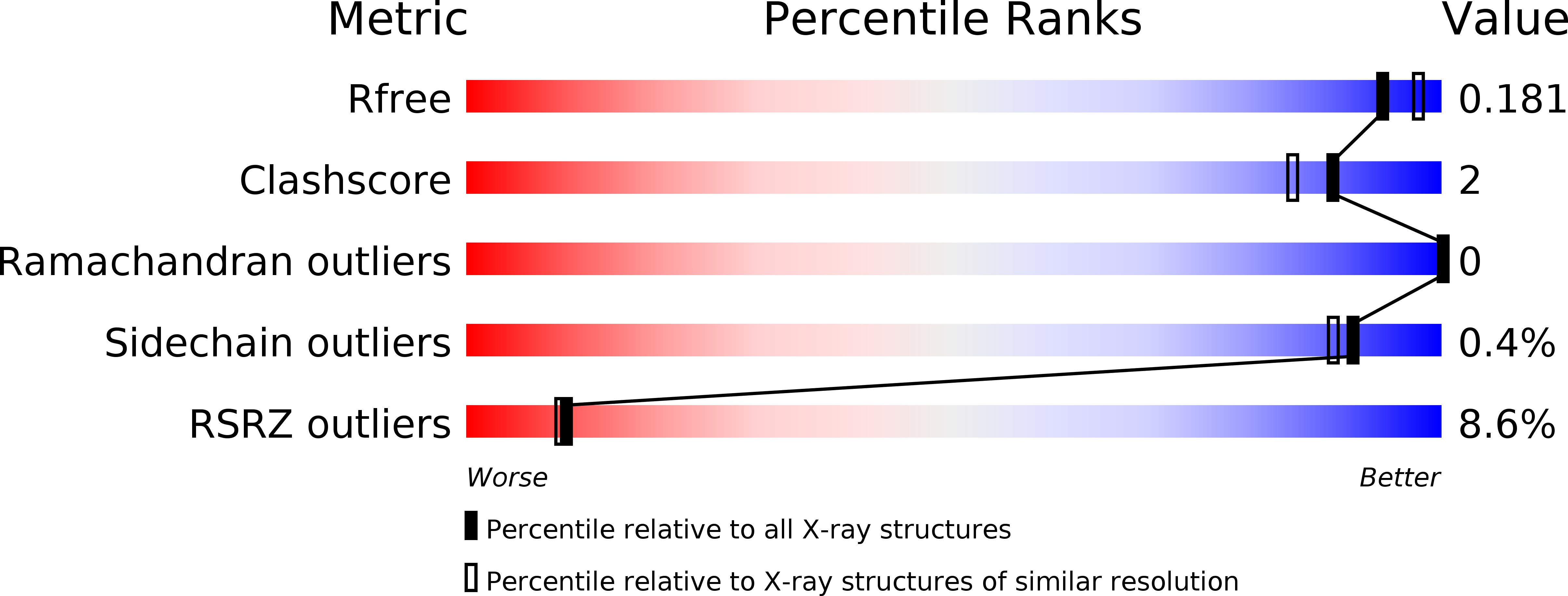
Deposition Date
2015-03-13
Release Date
2016-05-18
Last Version Date
2023-09-27
Entry Detail
PDB ID:
4YPV
Keywords:
Title:
High-resolution structure of a metagenome-derived esterase Est8
Biological Source:
Source Organism:
Parvibaculum (Taxon ID: 256616)
Host Organism:
Method Details:
Experimental Method:
Resolution:
1.85 Å
R-Value Free:
0.18
R-Value Work:
0.14
R-Value Observed:
0.15
Space Group:
P 31 2 1


